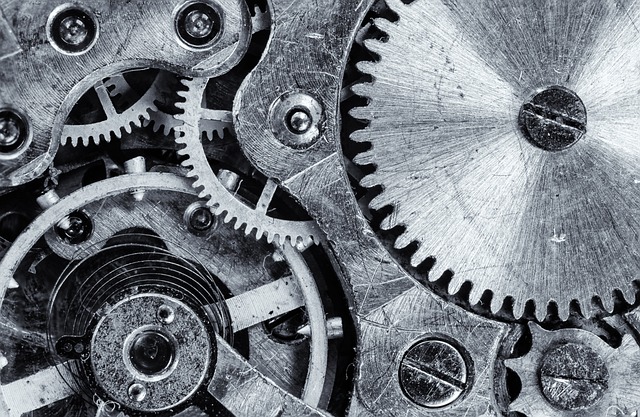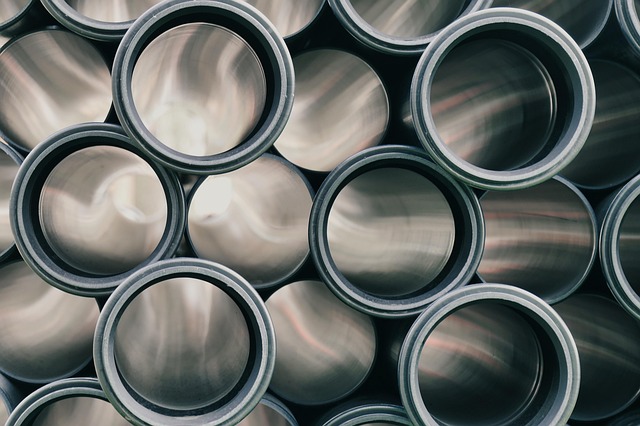In today’s rapidly evolving technological landscape, the integration of robotics and artificial intelligence (AI) within business systems is more pertinent than ever. A key factor enabling this integration is the presence of self-regulating mechanisms. These innovative systems allow businesses to adapt seamlessly to change, boosting efficiency and ensuring sustainable growth.
At the core of self-regulating mechanisms lies the ability to monitor and adjust operations autonomously, mimicking a biological ecosystem’s adaptability. This concept evokes a relatable sense of balance—just as nature thrives on feedback loops that promote equilibrium and survival, businesses that harness the power of robotics and AI can respond to market demands in real-time.
For instance, consider a production line powered by robotics. These machines equipped with AI can detect inefficiencies or potential failures in real-time. Instead of relying solely on human intervention, which can be prone to error and delay, these robots utilize self-regulating mechanisms to adjust their operations autonomously. They can increase their speed when demand surges, or slow down to maintain quality when errors are detected. This constant adaptation not only minimizes downtime but also uplifts overall productivity.
Furthermore, self-regulating mechanisms enhance decision-making processes. With AI analyzing vast amounts of data, businesses can gain insights that prompt immediate action. For example, adaptive AI systems can forecast market trends and consumer behavior, empowering organizations to pivot strategies quickly. This agility underscores the importance of self-regulation in remaining competitive in an industry where every decision can have significant repercussions.
Moreover, the emotional resonance of these self-regulating systems cannot be overlooked. Many business leaders find comfort in knowing that the technology they embrace can manage complexities that once seemed insurmountable. It empowers them to focus on strategic initiatives and creative problem-solving, rather than being bogged down by operational minutiae. With robotics and AI handling periodic adjustments, human workers can channel their efforts towards innovation and customer engagement—areas where personal touch and creativity play crucial roles.
However, the adoption of self-regulating mechanisms is not without its challenges. Businesses must cultivate a culture of trust and openness to truly benefit from these technological advancements. Employees may initially feel threatened by the automation of tasks, potentially leading to resistance. Therefore, it’s vital for leaders to emphasize the complementary relationship between workers and technology. Embracing self-regulating mechanisms can enhance human decision-making, allowing teams to become more insightful and informed.
As we look ahead, the future of business hinges on the successful adaptation of robotics and AI through self-regulating mechanisms. This transformation offers a path toward not only heightened efficiency but also a more empowered workforce. By fostering an environment that encourages embracing technological advancements, companies can harness the full potential of automation, igniting a newfound sense of purpose and collaboration among their teams.




